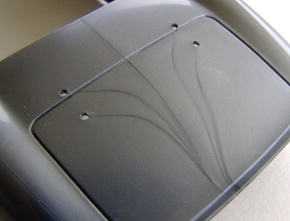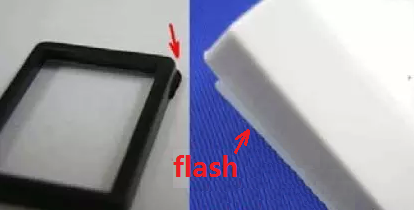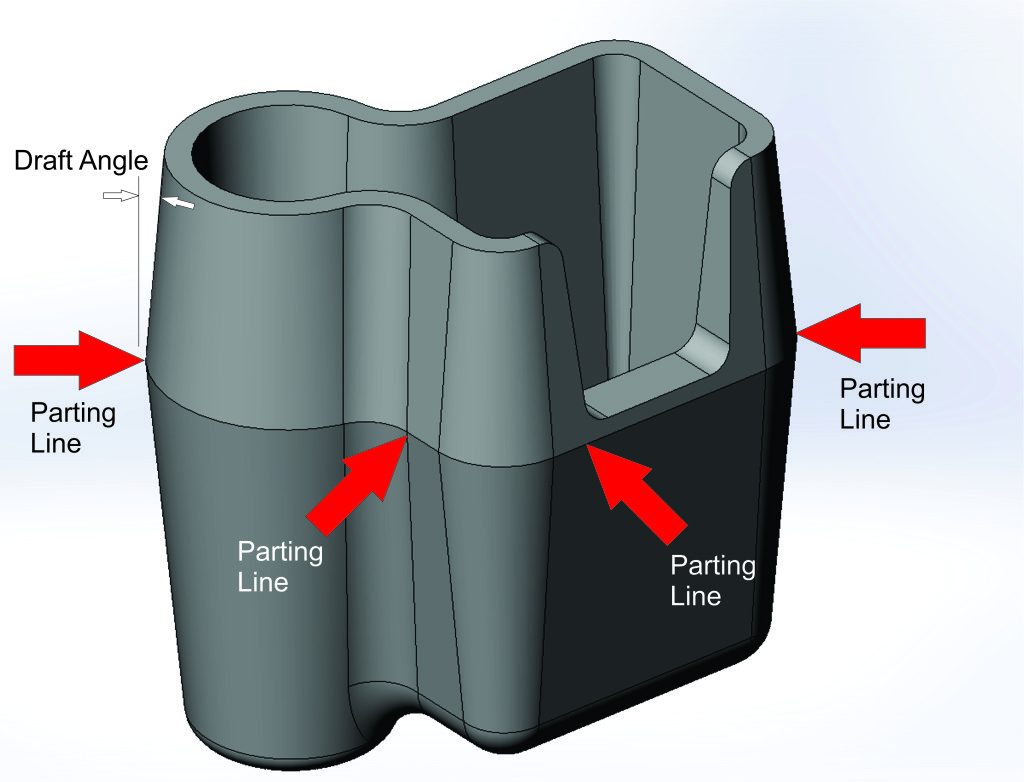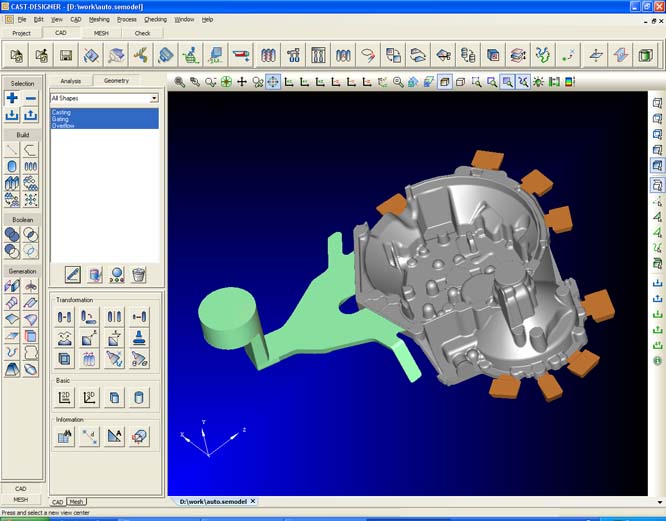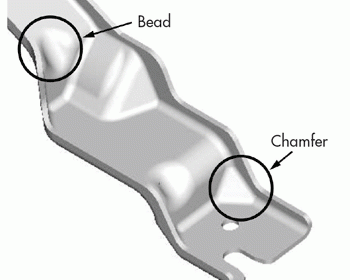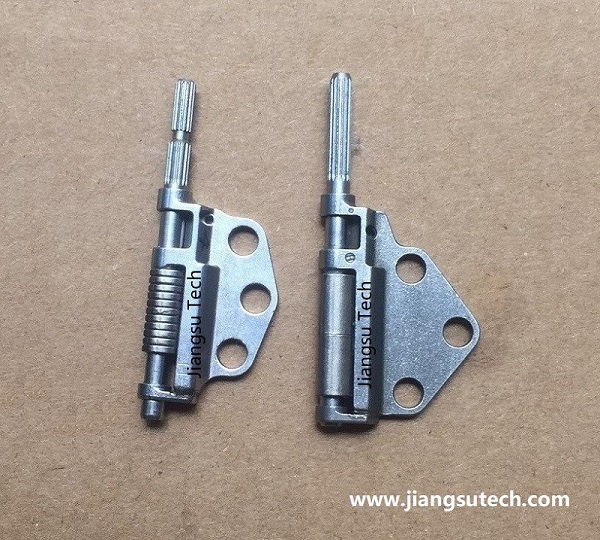In plastic injection molding, the number of items that can be molded in one shot using one mold is called the number of cavities. The number of cavities can be from 1 to a reported maximum of 216. Since the number of items molded in one shot becomes large as the number of cavities becomes large, it is possible to reduce the cost of production per item. However, as the number of cavities becomes larger, there is a trend of […]
Tags: Injection Molding, Plastic Parts

